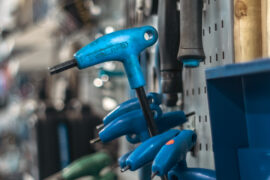Our Technical Expert Liam gives us an insight into his thoughts on TUBELESS TYRES
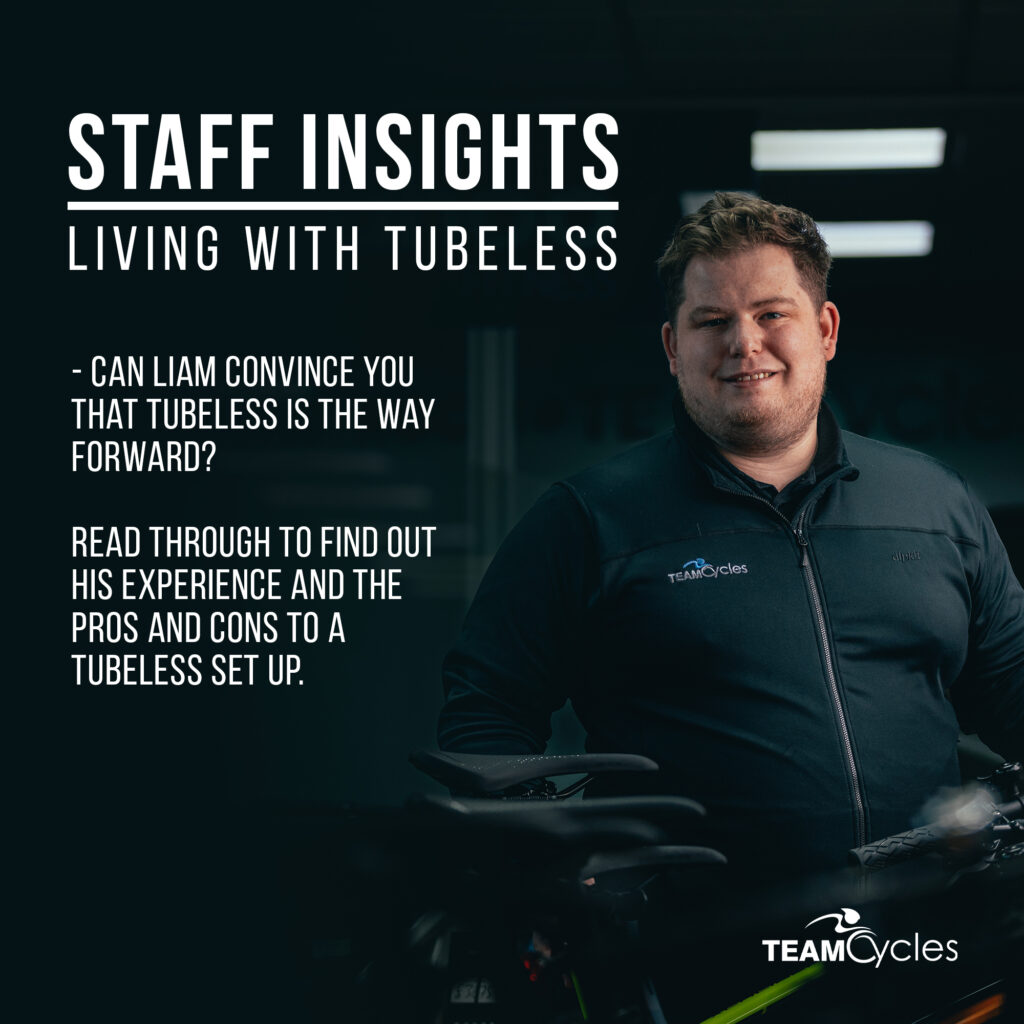
Living With Tubeless
Working at Team Cycles I still experience a little animosity when discussing a tubeless set up with customers. Today I wish to share my experience tubeless and to quash fear and inform.
The industry tends to follow the trends & demands of cyclists. 8 years ago, tubeless ready tyres were reserved for high end bikes and most standard tyres you’d buy off the shelf were ordinary clinchers. Fast forward to 2023 you are presented with all sorts of acronyms; TR (Tubeless Ready), TLR (Tubeless Ready) UST (Universal Standard Tubeless) ERT (Easy Rider Tubeless)
On the Trek range of bikes we sell, most models now come standard with a tubeless set up.
So, my experience with tubeless and living with it…..
For a bit of context and information about me. Most of my riding involves commuting and leisure rides on my days off. I use an electric bike most of the time for the commute, so reliability is a priority for me when it comes to any parts.
I have timed my morning routine to allow me 45 minutes to get to work, a puncture would surely make me late. I commute rain, shine, or snow so grip is important too. So, when it came to tyres, I turned to a tubeless set up. Ultimately it is a choice because of the convenience it offers once set up.
On my gravel bike, a tubeless set up makes the bike more comfortable and I can enjoy the ride a lot more knowing I can rely on my tyres,
Here are some pros and cons of making your bike tubeless:
Pro’s
- Run lower pressures = allows the tyre to deform and find grip in the corners.
- No tube to tighten the sidewalls, this allows the tyre to cushion and smooth out the bumps Great if you plan on pushing your bike to its limits or exploring new terrain.
- Tyres last longer
- Sealant fixes punctures (up to 4mm with just the sealant)
- No fish smell
Con’s
- To a new cyclist, this can be an intimidating repair/upgrade.( keep reading an I will take you through the process of tubeless tyre repair)
- Can be messy.
- Requires sealant top ups / replacement (this can depend on the sealant used)
- Expensive (this depends on tyres & valves used)
What about puncture repair?
We’ve all experienced the hardship of a classic puncture repair with the patches and rubber cement, I’m afraid to report that a tubeless repair isn’t any cleaner, but it is quicker and easier. Some folks still carry a spare tube but with the right kit, you can leave the tube at home and trust your equipment.
You’ll need a means of pumping your tyre up, this can be a pump or co2 canisters, rubber gloves are a handy piece to keep with you. And most importantly a tubeless repair kit, we sell options from Muc-off and Dynaplug. We have had a great experience with the Dyanplug Racer Pro Tool.
Below is a series of events when I rode to the shop last week.
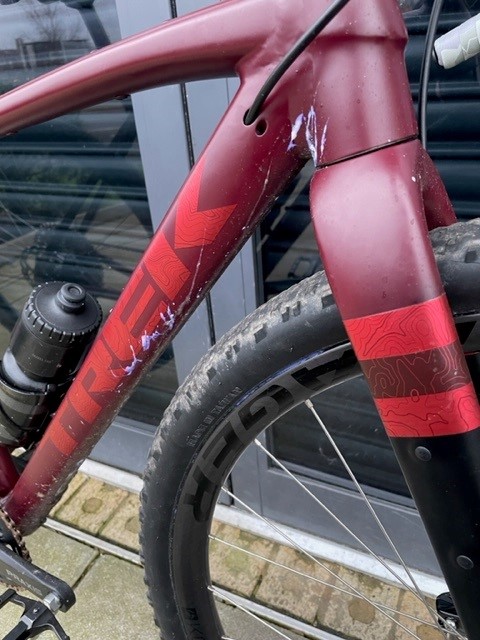
Is that yoghurt or tubeless sealant? Tubeless sealant will clean off, I guess you’ll just have to give the bike some TLC. Because of the sealant inside the tyre oscillating around, your tyre won’t go down immediately, but the pressure in the tyre and the sealant escaping though a small hole is a sign that you may need to intervene and use your tubeless repair kit.
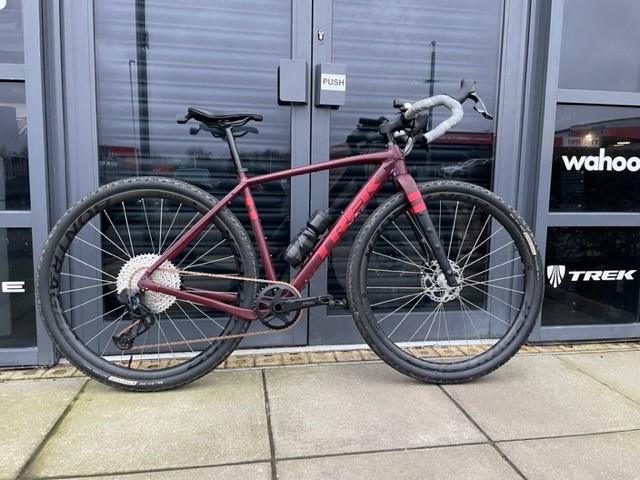
First one here I guess…. Does that mean I can leave early too?!?
This set up on my Trek consists of:
Terraveil Rutland tyres (700x 47mm / “light & supple”)
Black tubeless valves
Muc-off No hassle Tubeless Sealant (about 90ml of sealant in each tyre)
Ran at 38Psi for a supple mixed surface commute.
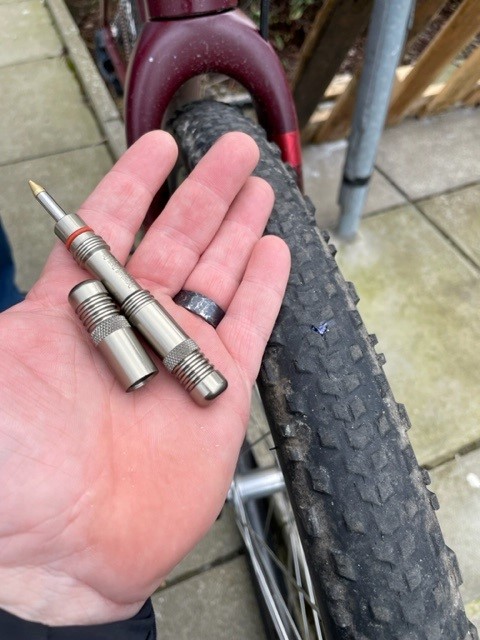
Dynaplug Racer Pro Tubeless repair kit (£45, available in plenty of colours)
The kit contains 4 plugs, a pipe cleaner and tool body . This will fit into any saddle bag or jersey pouch. Made in the USA and is a really nice quality item to hold in your hand.
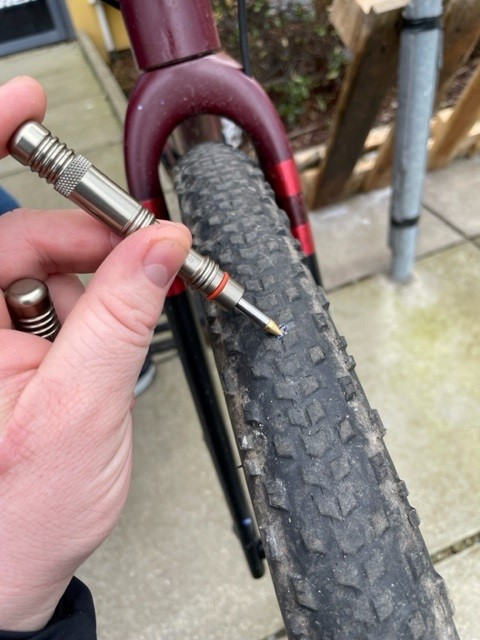
The plug itself contains the tool that drives the rubber plug into the tyre. There are multiple size plugs, the Racer pro kit comes with x3 standard plugs & a larger plug for a big hole (they also sell a small plug, this is ideal for road tyres & smaller holes)
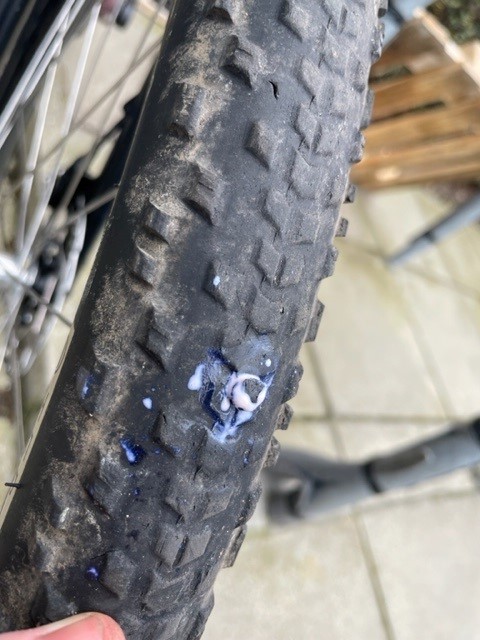
Time is of the essence, you need the back pressure of the tyre to help drive the plug in, of course this isn’t always possible, the goal of the plug is to make the hole smaller, so that your sealant will finish the job.
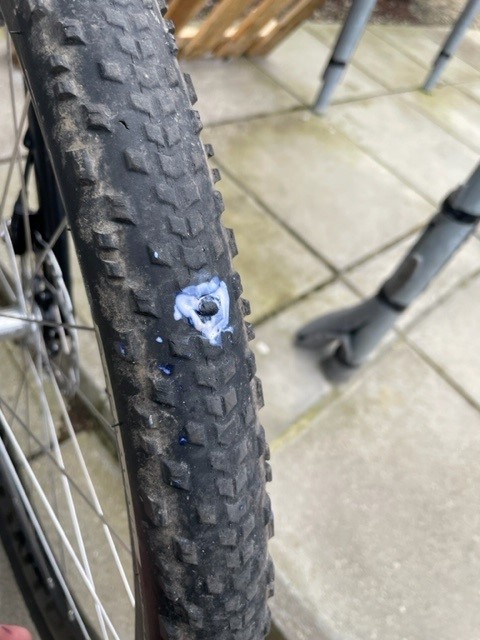
With the plug inserted and the excess plug exposed, this will flatten and cover the hole effectively sealing the hole. The tyre may not run perfectly true again and you may need to replace it eventually. You will most likely have sealant to clean off your bike but it’s better than walking home or cutting your ride short.
A Short conclusion, tyres are one of the best value to performance ratio upgrades.
Do you hate punctures? go Tubeless.
Want a more comfortable ride? Go Tubeless.
Are you planning on getting up to no good on your bike? Go Tubeless.
Go Tubeless!!!
PRODUCT LINKS



